Genetics
-
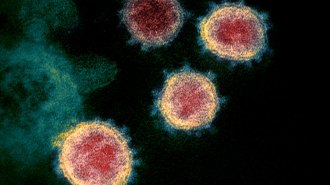 Genetics
GeneticsNo, the coronavirus wasn’t made in a lab. A genetic analysis shows it’s from nature
Scientists took conspiracy theories seriously and analyzed the coronavirus to reveal its natural origins.
-
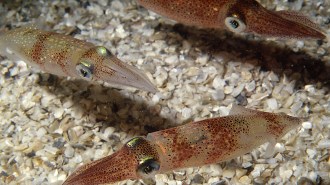 Genetics
GeneticsSquid edit their genetic material in a uniquely weird place
Some squids’ seeming ability to edit RNA on the fly could help scientists develop a technique much like the DNA-editing tool CRISPR, but for RNA.
-
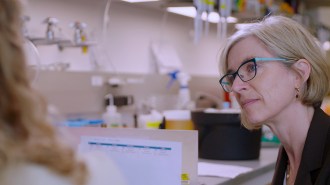 Genetics
Genetics‘Human Nature’ offers CRISPR novices a basic introduction
A film that introduces people to CRISPR aims to spark debate about how to use the gene editor.
-
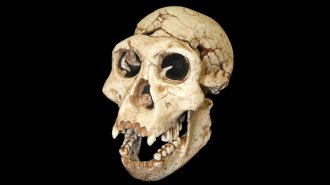 Humans
HumansThe earliest known hominid interbreeding occurred 700,000 years ago
The migration of Neandertal-Denisovan ancestors to Eurasia some 700,000 years ago heralded hookups with a resident hominid population.
By Bruce Bower -
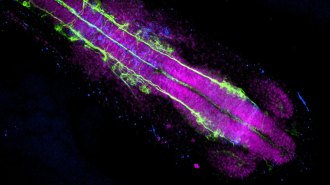 Life
LifeHow African turquoise killifish press the pause button on aging
The fish’s embryos can enter a state of suspended growth to survive dry spells. A study shows that state protects them from aging, and hints at how.
-
 Health & Medicine
Health & MedicineCoronavirus’s genetic fingerprints are used to rapidly map its spread
Fast and widespread scientific data sharing and genetic testing have created a picture of how the new coronavirus spreads.
-
 Animals
AnimalsWith a litter of tactics, scientists work to tame cat allergies
New research may reduce the allergen levels of house cats or make people less reactive to our feline friends.
-
 Humans
HumansSome West Africans may have genes from an ancient ‘ghost’ hominid
A humanlike population undiscovered in fossils may have passed helpful DNA on to human ancestors in West Africa starting as early as 124,000 years ago.
By Bruce Bower -
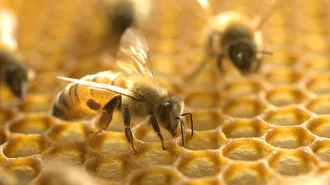 Life
LifeEngineered honeybee gut bacteria trick attackers into self-destructing
Tailored microbes defend bees with a gene-silencing process called RNA interference that takes on viruses or mites.
By Susan Milius -
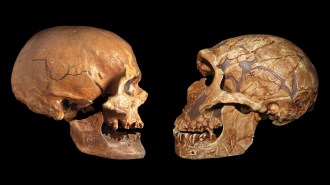 Genetics
GeneticsA new genetic analysis reveals that modern Africans have some Neandertal DNA too
Humans migrating back to Africa brought genetic material from humans’ extinct Neandertal relatives along for the ride.
By Bruce Bower -
 Archaeology
ArchaeologyA Siberian cave contains clues about two epic Neandertal treks
Stone tools and DNA illuminate an earlier and a later journey eastward across Asia.
By Bruce Bower -
 Genetics
GeneticsAncient kids’ DNA reveals new insights into how Africa was populated
Four long-dead youngsters from west-central Africa have opened a window on humankind’s far-flung African origins.
By Bruce Bower